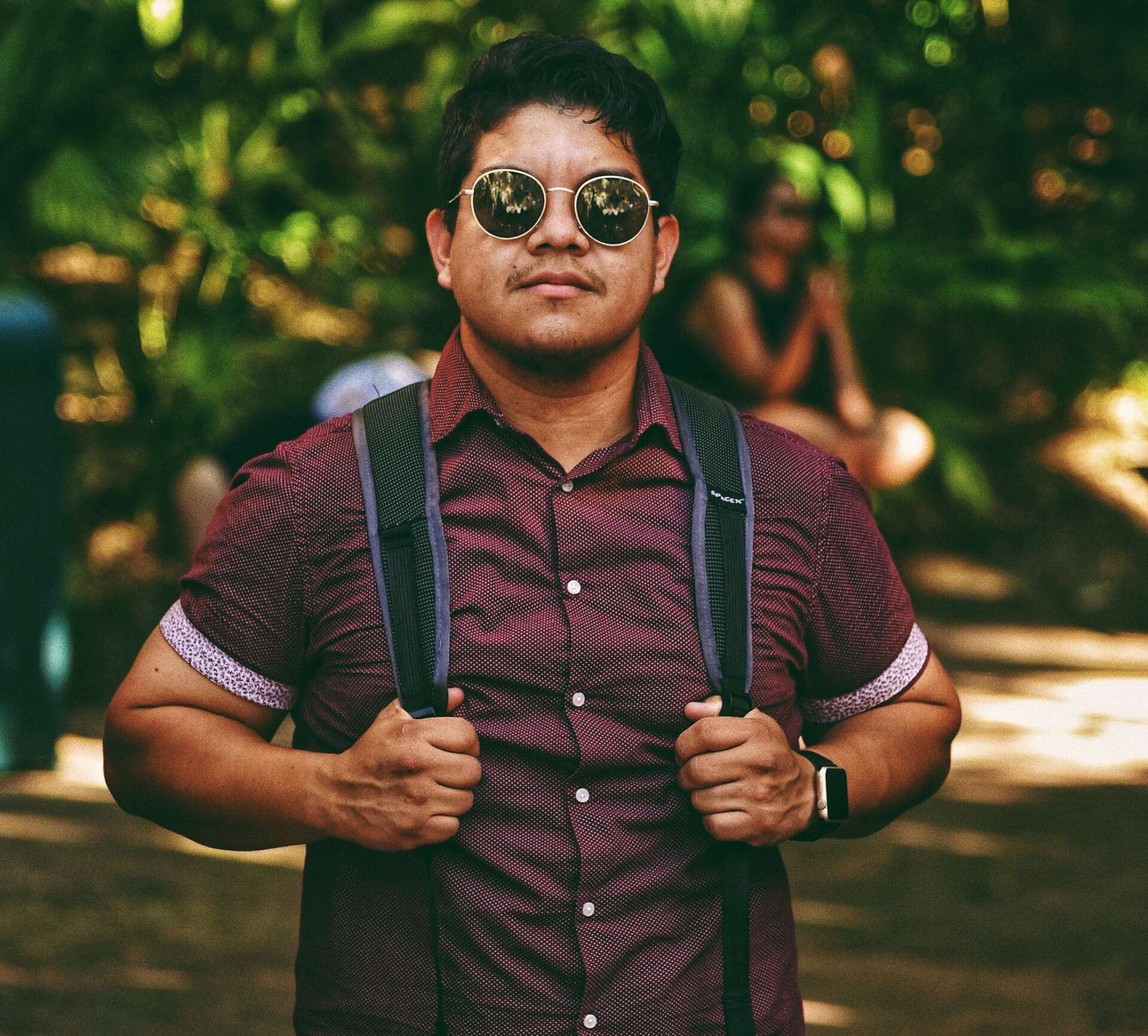Alright – so today we’ve got the honor of introducing you to Danilo Hernandez. We think you’ll enjoy our conversation, we’ve shared it below.
Danilo , looking forward to hearing all of your stories today. One of our favorite things to brainstorm about with friends who’ve built something entrepreneurial is what they would do differently if they were to start over today. Surely, there are things you’ve learned that would allow you to do it over faster, more efficiently. We’d love to hear how you would go about setting things up if you were starting over today, knowing everything that you already know.
This is a great question. If I were starting over again today, how would I do things differently? I think one of the things I would change is knowing that I can’t do it all. A significant part of what I was doing at the start was handling everything by myself. I would shoot the photos or videos and then edit them myself. I had a very specific creative process and idea, something I believed no one else could replicate. This quickly became a problem when I couldn’t keep up with the demand. Over time, I learned to outsource my video edits, which turned out to be extremely beneficial. It gave me more time to work on other projects or finish existing ones. I still work on editing my own photos, but maybe one day I’ll outsource that too.
Another thing I would do differently is start making connections with other vendors in my industry. I’ve learned that the more connections I have, and perhaps by offering some free work, the more jobs they send my way.



Danilo , love having you share your insights with us. Before we ask you more questions, maybe you can take a moment to introduce yourself to our readers who might have missed our earlier conversations?
How did I get into this business? Well, it all started in my senior year of high school. One of my friends asked me if I wanted to learn how to make movies. At the time, my school, Cathedral City High School, had started a program called ‘DATA’. Initially, it introduced students to the world of photography and videography. I began with videography. My teacher, who had a background in journalism, structured the video class like a journalism class. We would go out and interview people from our town or other teachers and create short stories. We then published these stories on an online webpage called ‘The Prowler’. I don’t think this website is active anymore. In high school, I remember getting small gigs here and there from family and friends. I would shoot small birthday parties and little get-togethers.
After high school, I moved to LA to attend The Art Institute of California, where I earned my Bachelor’s degree in Filmmaking. Around that time, I was doing a lot of event photography. At one of the events, someone asked me to shoot their wedding. I had no idea how to shoot a wedding, but for some reason, they were okay with that. I think it was more because I only charged them $500 for wedding photography. From that wedding, I got another one, and so on. But it wasn’t always easy. There was a period where I wasn’t shooting anything for months. During this time, I picked up a 9-5 job to make money. I still did small gigs when I got them. Then, around 2011 or 2012, my friend started hiring me for engagement parties. This quickly led to a good amount of work. While still working my day job, I had a coworker who also did video, and I asked him to help me shoot some of these events. After a few months of shooting project after project, we decided to start a business.
Once we had a business, we had to figure out what we were going to offer. There was definitely a lot of trial and error, but we made good progress. We initially offered only video, and I was still doing wedding photography on my own. Then, we discussed combining both video and photos into a wedding package that would benefit not only us but also our clients. That’s where we are currently.
I believe what sets us apart is our creative style. We both come from a film background, so telling a story is our top priority when creating content. We always try to learn a little bit about our clients and their relationship. We use this section of audio to edit into our videos, a technique I learned from my journalism class. Our videos are fun and story-driven. We aim to make the viewer feel and remember that day.
When it comes to capturing photos, I’m a big fan of letting the photos tell the story. Again, this shooting style comes from my journalism classes. Although it’s great to pose my clients for specific photos, a good majority of my shots are candid. Of course, not all clients are the same, and some require a little more direction. At the end of the day, I want my clients to feel comfortable and relaxed. When they do, that’s when you get the best photos and videos out of them and out of the whole day.
Lastly, the one thing I’ve learned is trust. Your clients must learn to trust you, and you must trust them. Without this, the work won’t be as great. You might still get good photos and videos, but trusting me to capture something creatively or something that hasn’t been done before is key. I’m always upfront with my clients and let them know that sometimes these creative ideas work, and other times they don’t. We have to work together and trust one another. But most of the time, it works out.
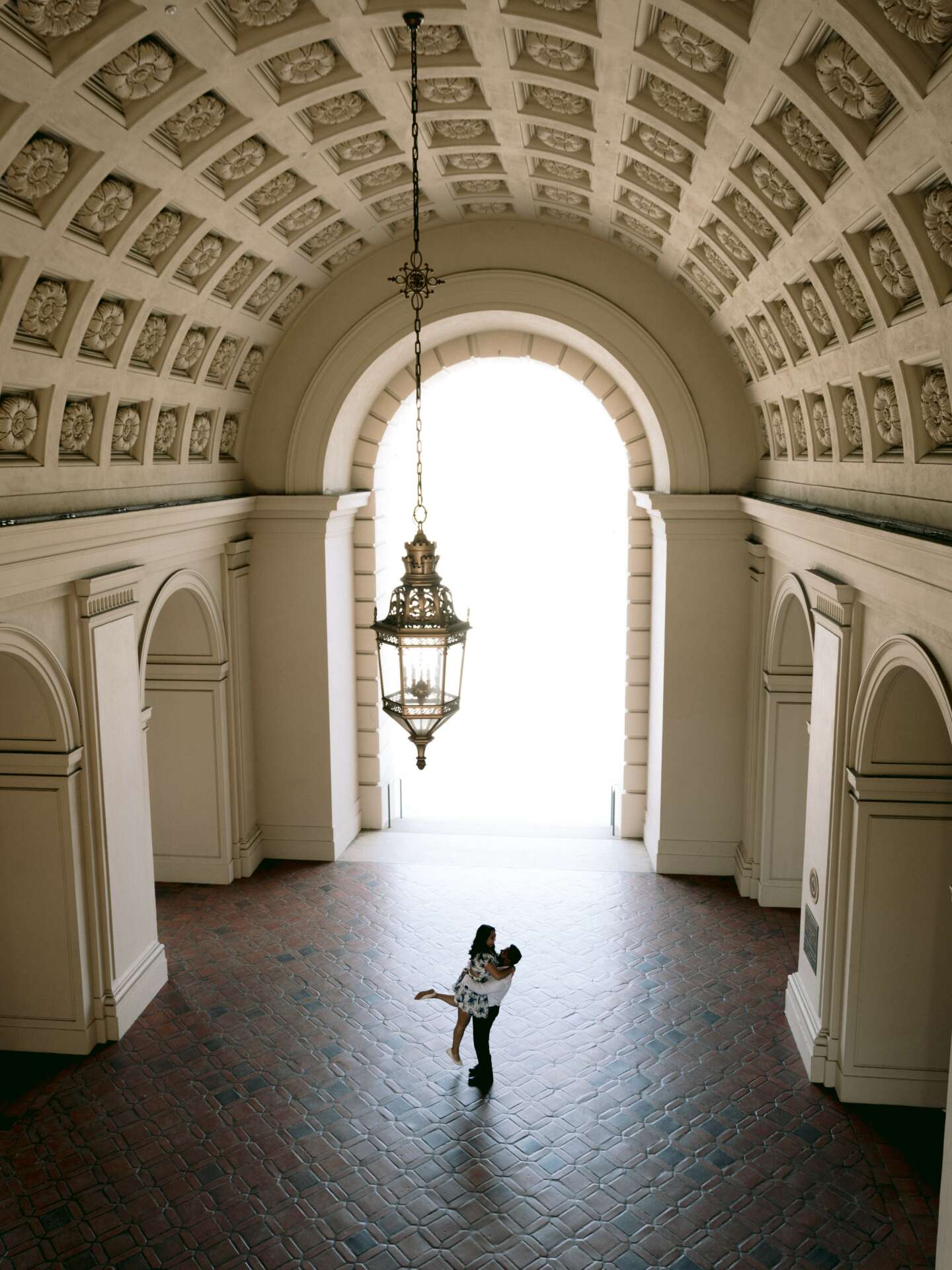
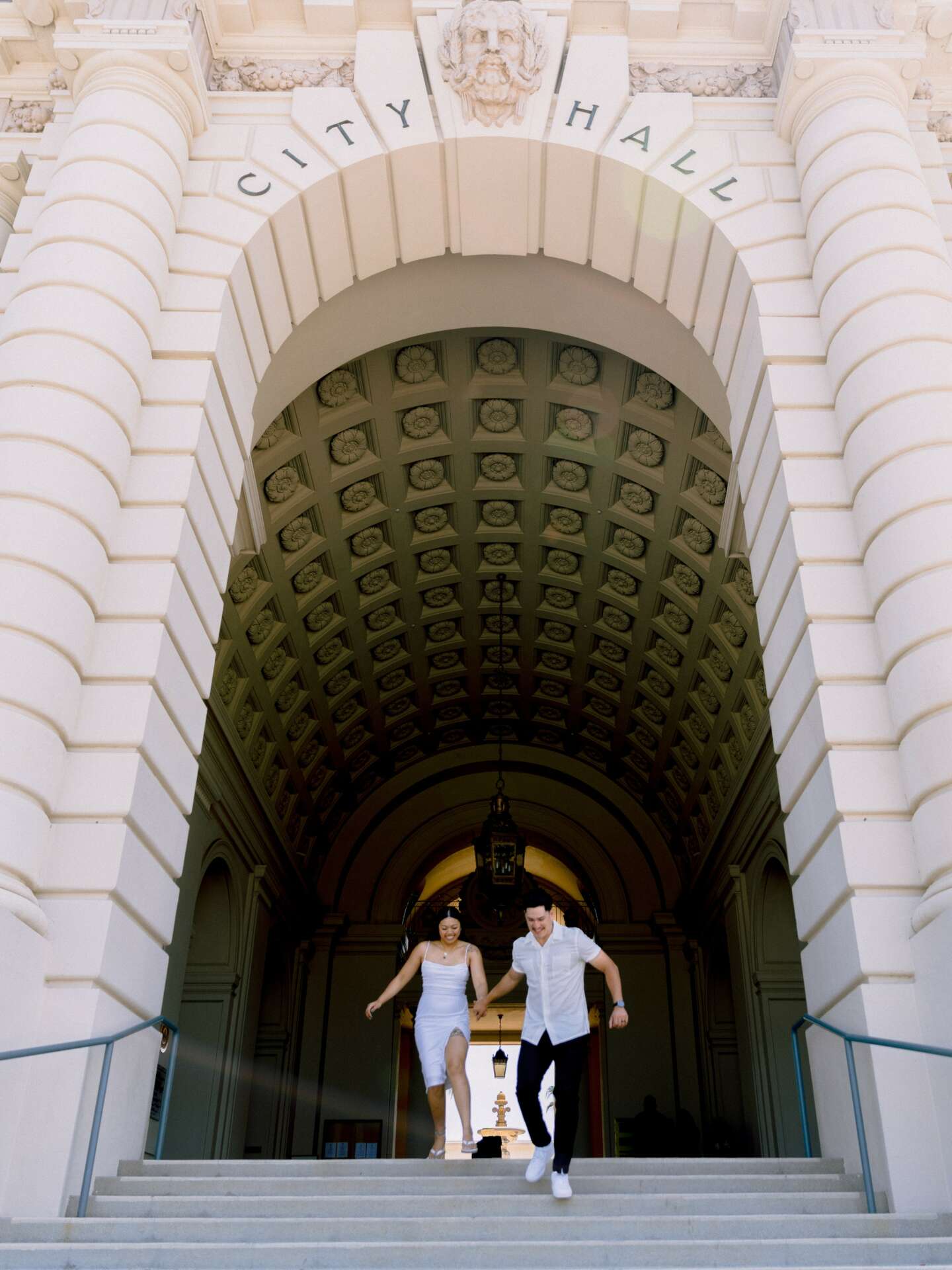
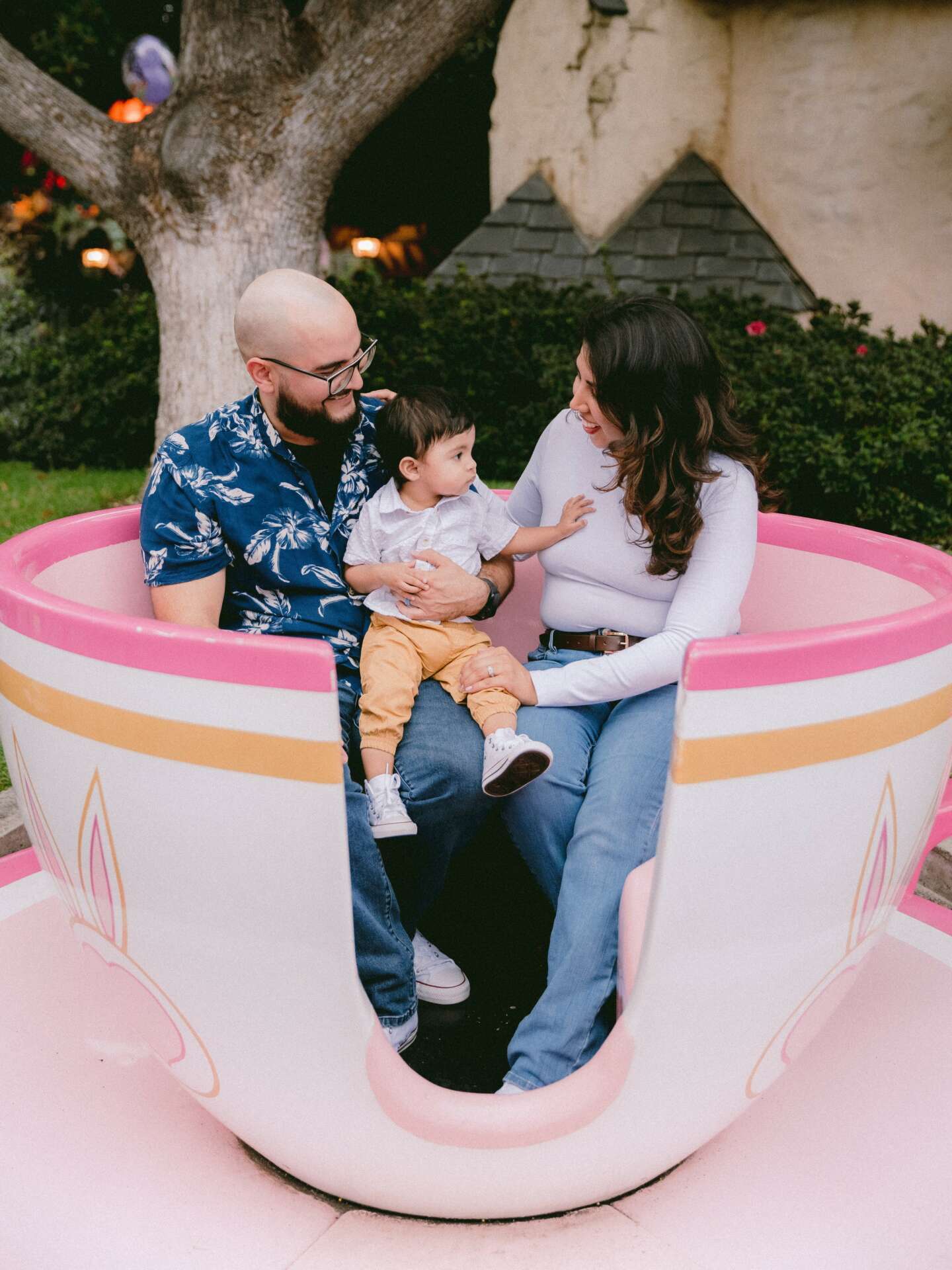
For you, what’s the most rewarding aspect of being a creative?
I feel the most rewarding aspect of being an artist is getting the chance to help tell someone else’s story. For me, it’s something magical. The idea that your vision or your creative style can help someone remember and relive a specific point in time is just rewarding.
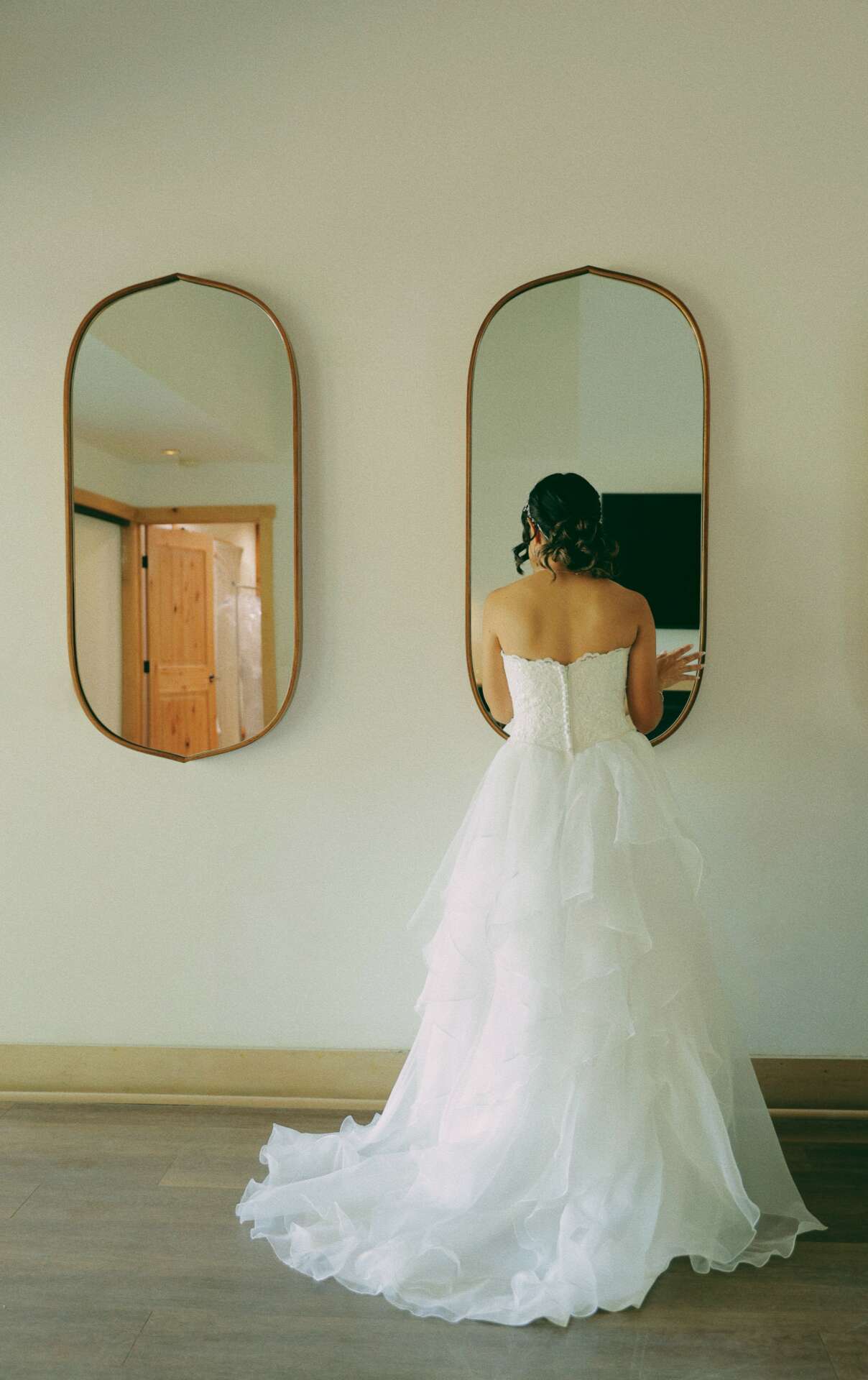
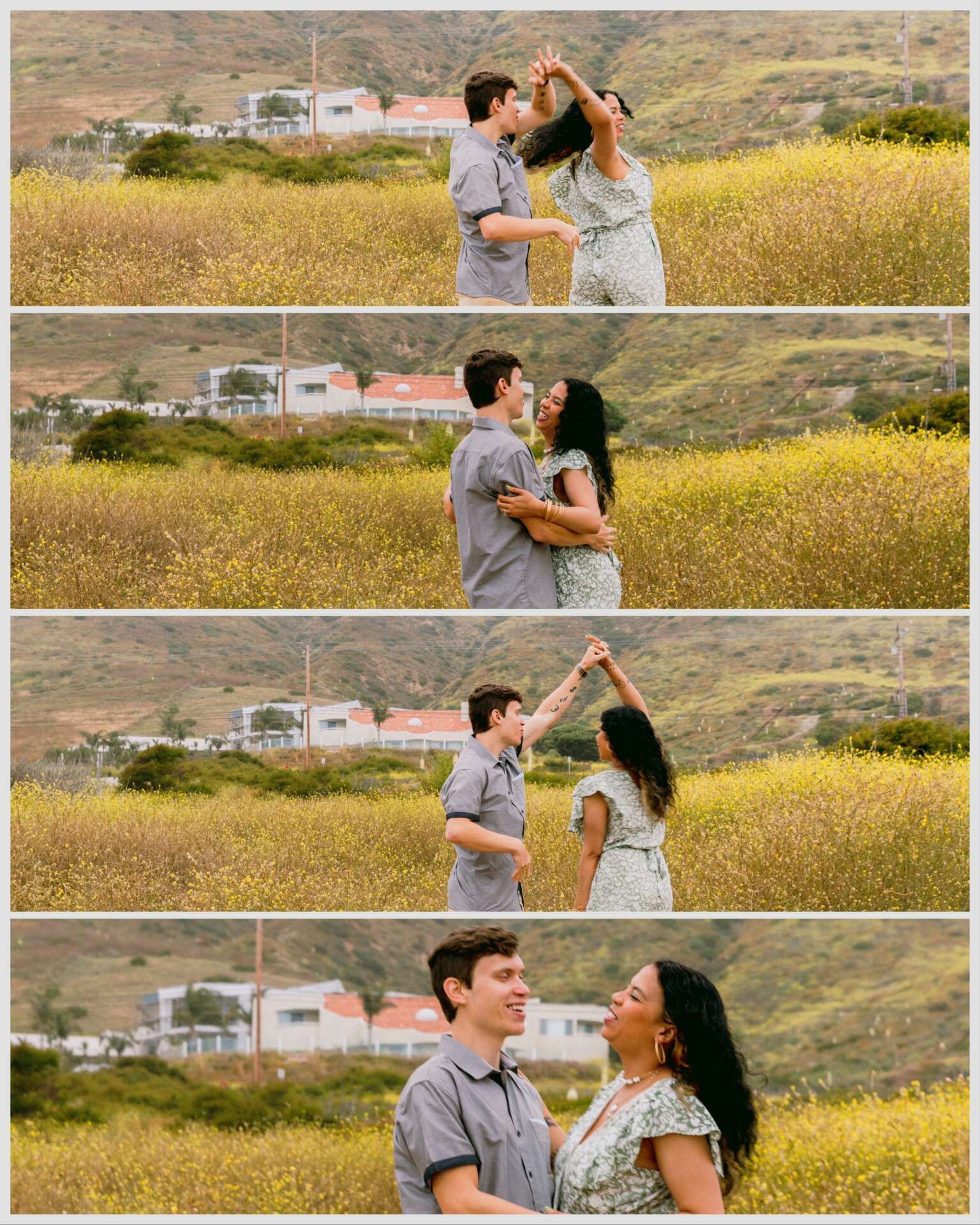
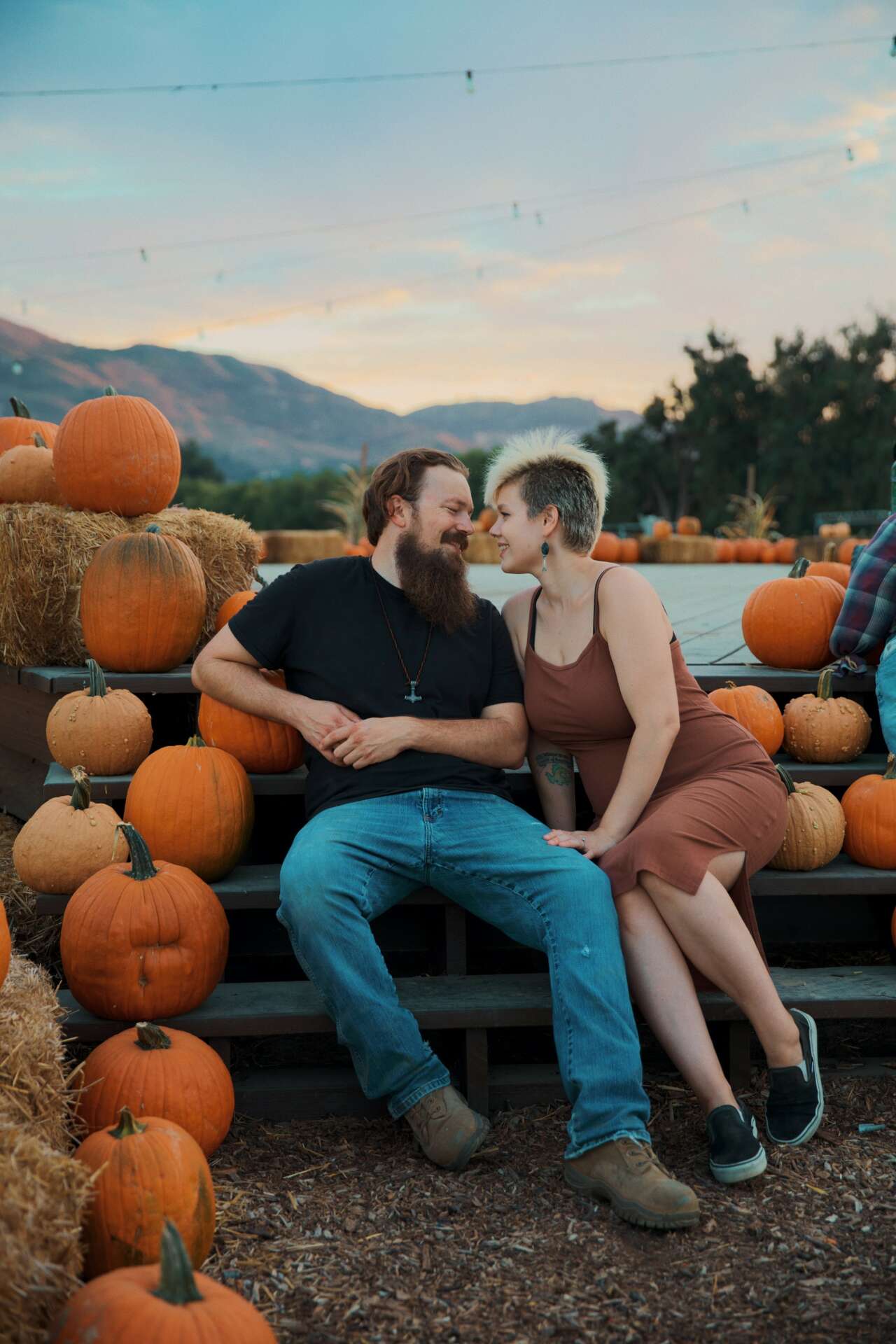
Is there something you think non-creatives will struggle to understand about your journey as a creative? Maybe you can provide some insight – you never know who might benefit from the enlightenment.
“This one is hard, but I feel something that non-creatives struggle to understand is just how hard it is to take something from start to finish. An idea is just an idea until we actually get it done. Coming up with a final and polished product definitely takes time and hard work. I think with social media and smartphones, the end product has definitely been quicker to some extent. Clients want their photos or videos faster so they can post to their social media.
As a filmmaker and photographer, the post-process is the hardest part. As a photographer, I finish a wedding day with over 2500 images. With video, I have multiple camera angles recording a full 8 to 10 hours of video. That’s over 160 hours of RAW video clips I need to review and edit. As much as I want to get things done quickly, delivering a final and polished product does take time.
Someone once told me, “Any two, but never all three. If you want something good and fast, it won’t be cheap. If you want something good and cheap, it won’t be fast. If you want something fast and cheap, it won’t be good.”

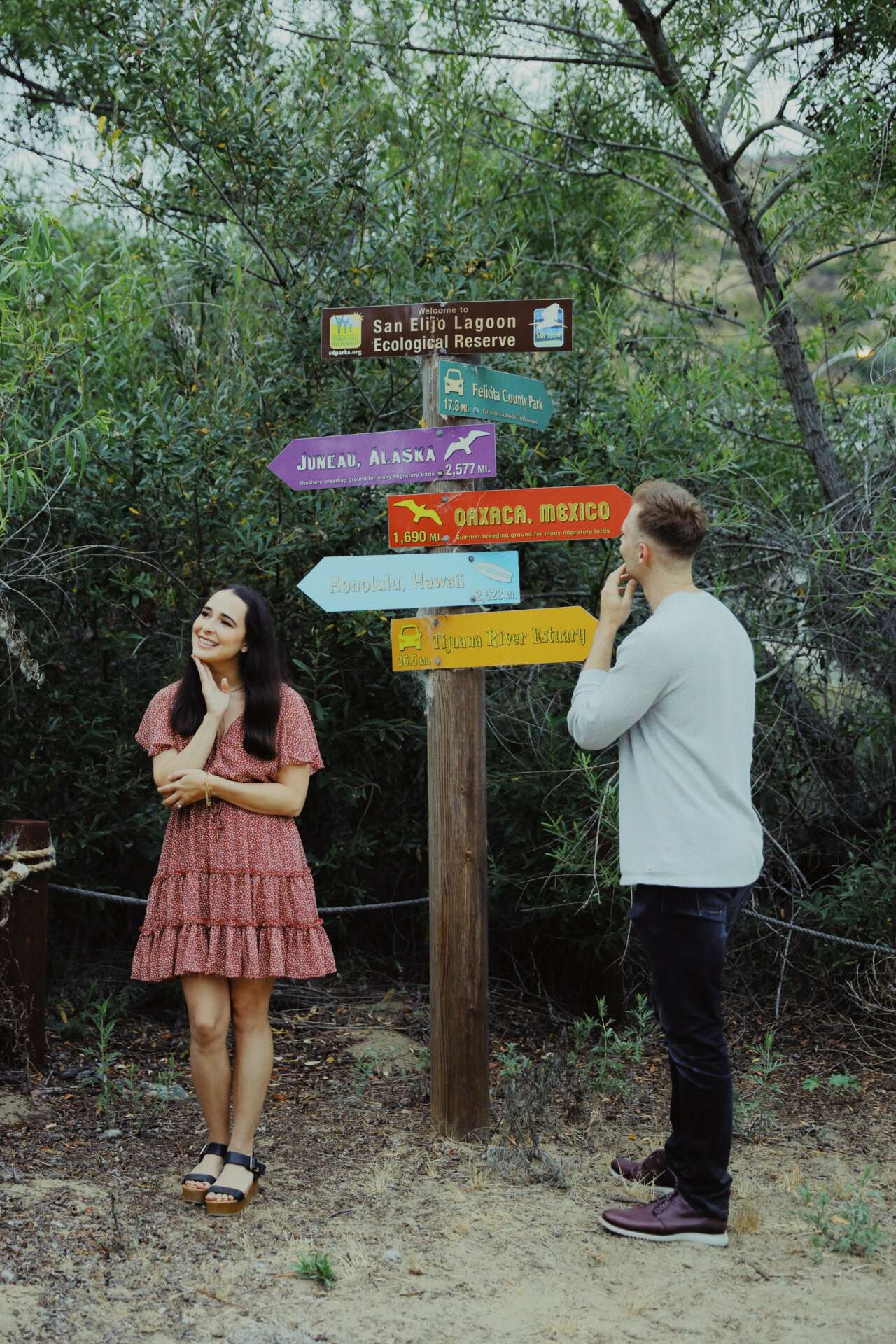
Contact Info:
- Website: www.dhcinephoto.com
- Instagram: https://www.instagram.com/dhcinephoto/


